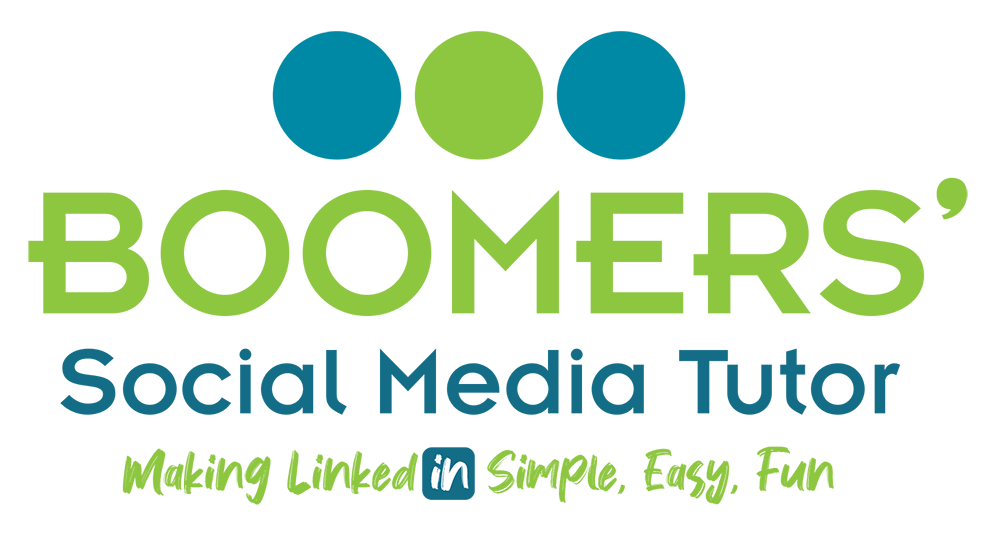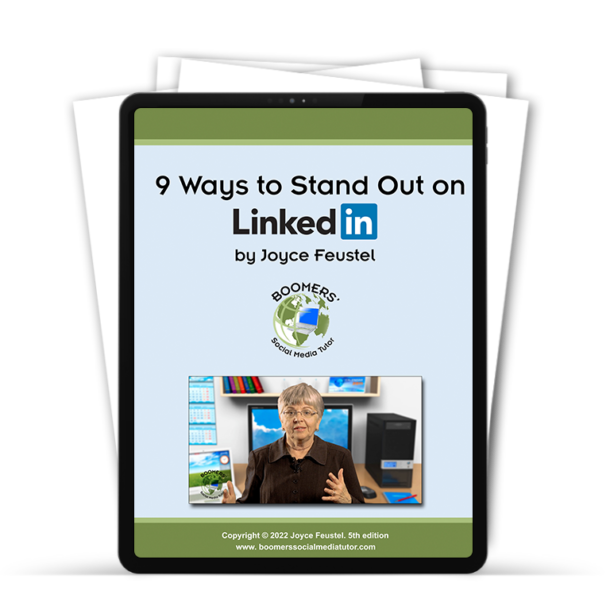In the face of skyrocketing unemployment, LinkedIn is especially valuable for job seekers now. Effective use of LinkedIn can increase the likelihood of landing the job you want. Your profile and several other features can really help – if you use them to your best advantage.
Maximizing Your LinkedIn Profile as Job Seeker
- Photo. Be sure it’s an up-to-date head shot in which you are dressed as you would be for an interview. It may seem obvious, but there should be no other people in the photo, or any pets.
- Headline. Use key words from descriptions of the types of jobs you are looking to land. You can also include the types of industries where you want to work.
- Summary (found inside the About section). Paint a picture of what you bring to the type of job you want. Avoid overused words such as “passionate about.” A quick Google search will bring up others to stay away from. Use short sentences, short paragraphs, and bulleted lists to create plenty of white space, which makes it more readable.
- Featured. This relatively new section is a terrific place to showcase photos, videos, and presentations (e.g. PowerPoints). You can include an article you have already published in LinkedIn or a post you made. You can also include a PDF of your resume.
- Positions in the experience section. In general, this section should mirror your resume. However, you can expand a bit in the job title field (you have up to 100 characters). Include both your actual job title and a few key words or phrases to more fully describe your position. Then describe the nature of the company in a sentence or two before having a list of your responsibilities/achievements.
- Consider adding volunteer leadership positions to Experience. Doing so can be especially important when you’ve been out of work for a while. These positions show your generosity of spirit as well as your abilities. Plus, it draws attention to the entity you served or are serving. Also, you can only get recommendations for these if you include them here instead of only in the volunteer experience section.
- Certifications and licenses. Most people populate the education section, which covers formal education. However, not everyone thinks to add their specialized certificates and licenses.
- Skills and endorsements. Feature the skills that are most relevant to the types of jobs you are seeking. By clicking on the pencil icon, you can select the three most important skills to be featured.
- Recommendations. Have at least a couple of recent recommendations, ideally for your most recent position.
- Accomplishments. Include any relevant organizations you belong to or used to belong to. Other useful sections to populate are honors and awards, professional development courses, projects, and languages.
Other Features of LinkedIn Job Seekers Should Use
- Notifications settings. Review these settings and adjust them to fit your needs as a job seeker. For example, you might not want LinkedIn to notify you when your connections have a birthday. But likely you would want to be notified when a LinkedIn connection has a work anniversary or a new job.
- My Network. Be sure to check your pending invites regularly. Someone at a company where you want to work or a friend with connections to recruiters might be trying to connect with you.
- Messages. You might be surprised how many people reach out to you via LinkedIn messages rather than emails or calls. There might be a job tip in a message or someone writing you who works at a company you want to work for.
How About You?
If you used LinkedIn while you were a job seeker, what tips do you have for those currently looking for their next opportunity?
About Joyce
Joyce Feustel helps people, especially those age 45 and up, to become more effective using social media, especially Facebook, LinkedIn and Instagram.
She works with business owners, business development professionals, business consultants, job seekers, and more – ranging from entrepreneurs to people in large corporations. Find her at www.boomerssocialmediatutor.com.




Leave A Comment